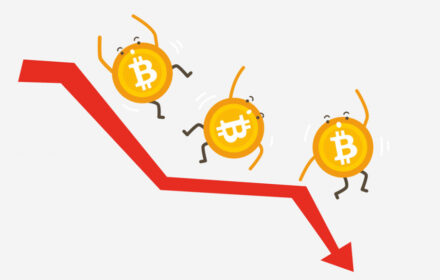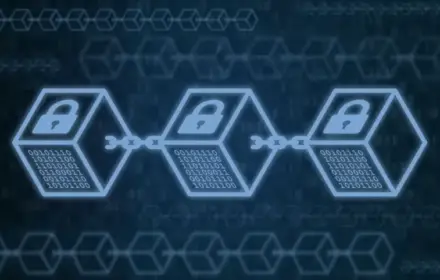Mining can generate significant revenue, especially in the face of rising cryptocurrency prices
Miners play an important role in maintaining the security and stability of blockchains. They process transactions
Participating in mining allows users to learn about advanced technologies such as blockchain
There are many cryptocurrencies that can be mined, which provides a lot of choice. This allows players to all

The fundamental dispute about the future of the digital world, where some build corporate fortresses and others – public squares. The question of “which cryptocurrency is the most promising” in 2025 sounds different: “whose vision are investors willing to support with money?”. The answer lies not in charts, but in the philosophy of the code …

FOMO in the crypto sphere creates one of the strongest emotional levers: rapid price growth triggers a sense of inevitable “missing out,” creates pressure, and provokes spontaneous decisions. The cryptocurrency market is particularly susceptible to this because these assets show movements of tens of percentage points in a day, and news channels amplify the dynamics …

The cryptocurrency market crash became the main event of the financial October 2025. The sharp drop in digital assets changed the balance of power in the global market and forced investors to reconsider risk management strategies. The scale of the correction demonstrated the dependence of the crypto economy on global political decisions and participants’ sentiments. …

At first glance, the shutdown in the USA is a technical halt: the Senate did not approve the budget, some government agencies closed, the government is heading into an economic “hibernation.” But behind this is much more than frozen salaries and disabled department websites. It is a blow to trust in the very idea of …

The cryptocurrency market continues to evolve rapidly, and the choice of exchange in 2025 has become critically important for traders, investors, and startups. A reliable platform with high liquidity, minimal fees, and transparent security provides profitability, freedom, and confidence in capital management. The ranking of the best crypto exchanges in 2025 is based on data …

The development of digital finance has led to an increased interest in decentralized assets, but at the same time, threats have intensified. In 2025, secure storage of cryptocurrencies becomes the main task for investors, traders, and companies. Choosing the wrong wallet or negligence in protecting the seed phrase leads to a complete loss of funds. …
Crypto-mining can generate significant revenues
Mining ensures the security and stability of blockchains
Participating in mining allows you to familiarise yourself with technology
There are many cryptocurrencies that can be mined
Uncovering the world of cryptocurrencies: the dynamic, innovative and opportunity-filled financial landscape of the future, we see how digital assets are becoming an integral part of the global economy, opening up new horizons for investors and entrepreneurs
